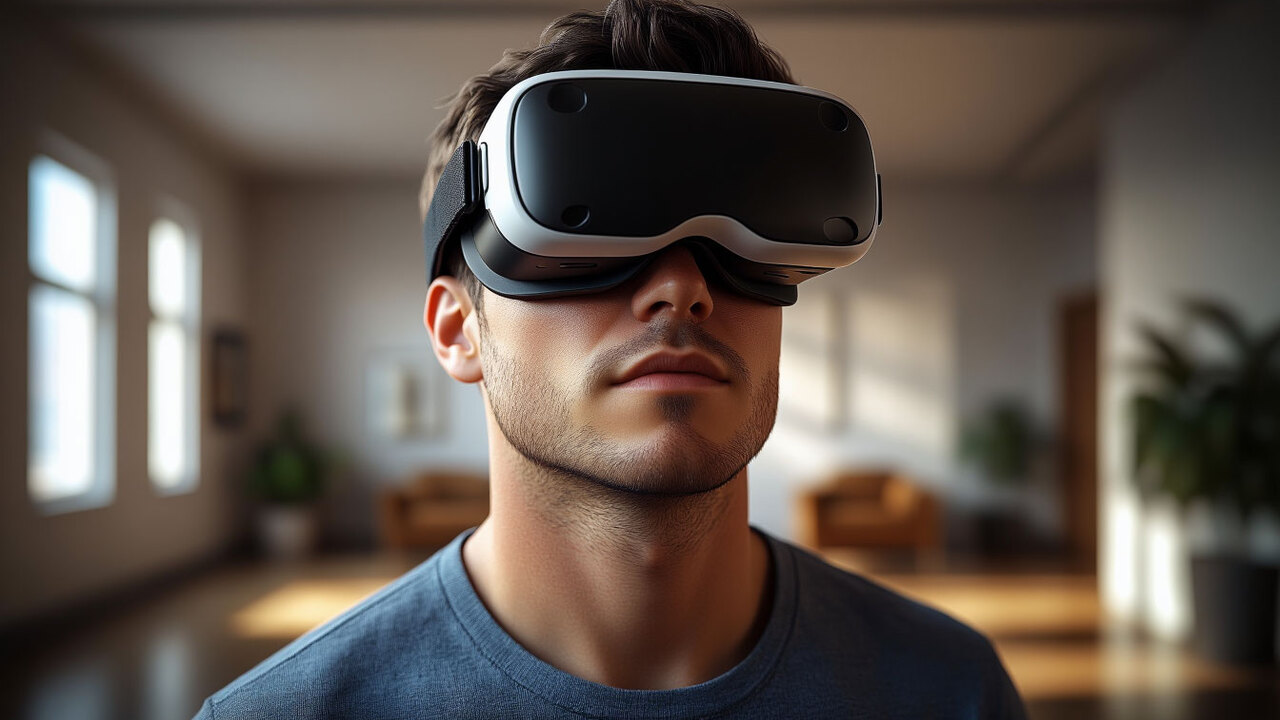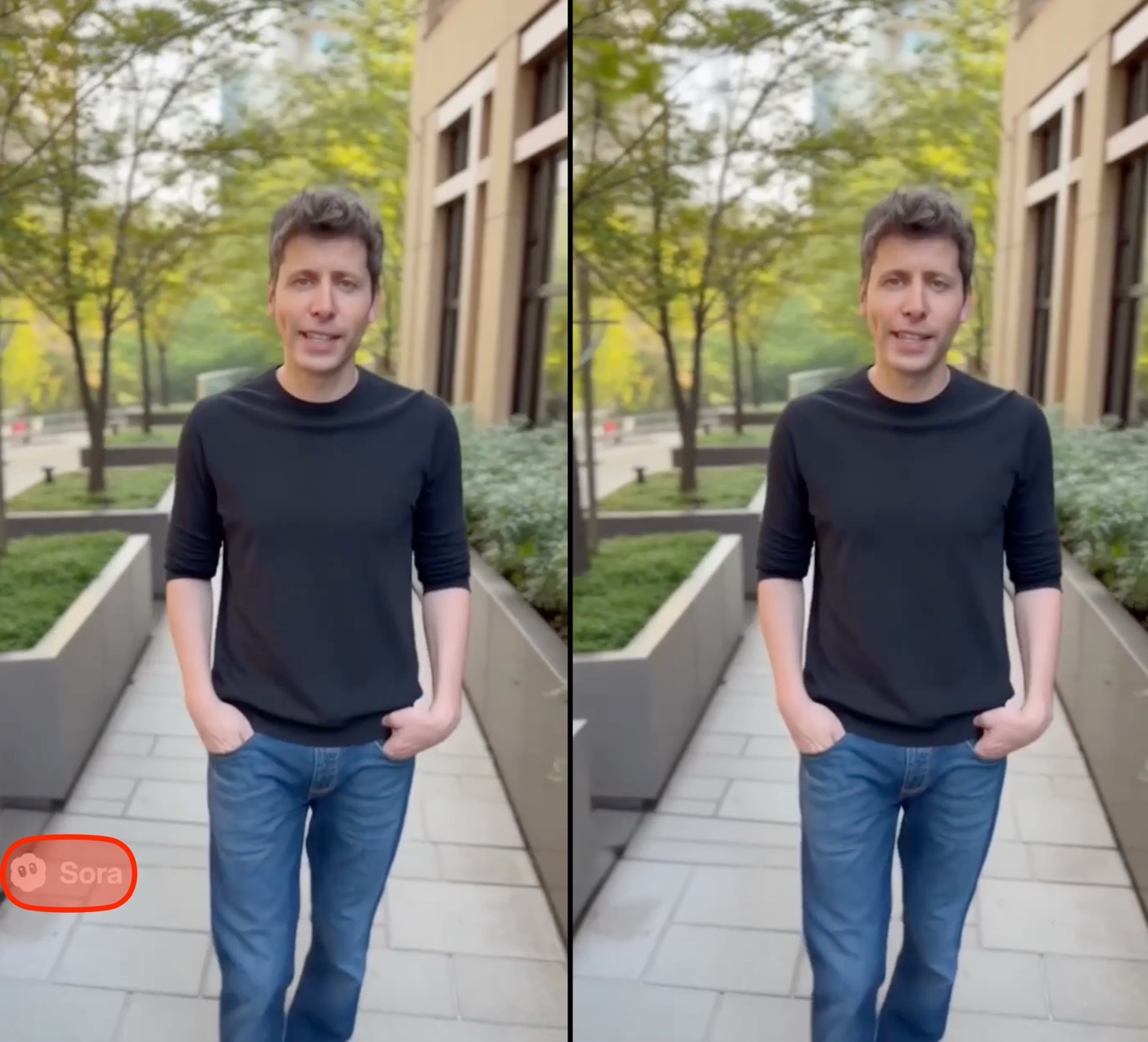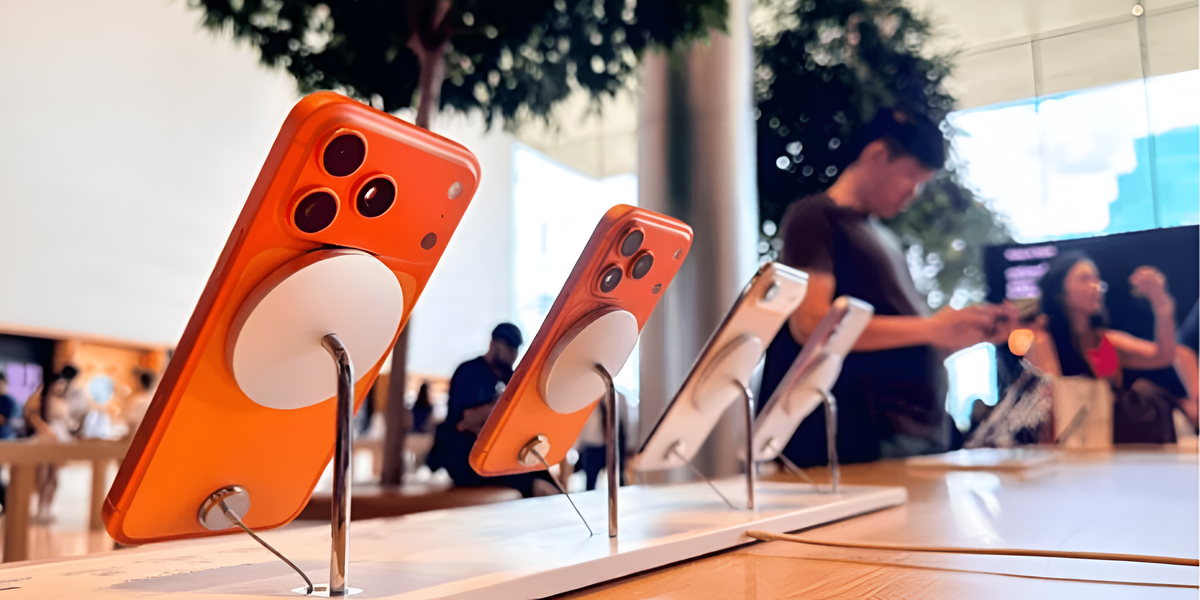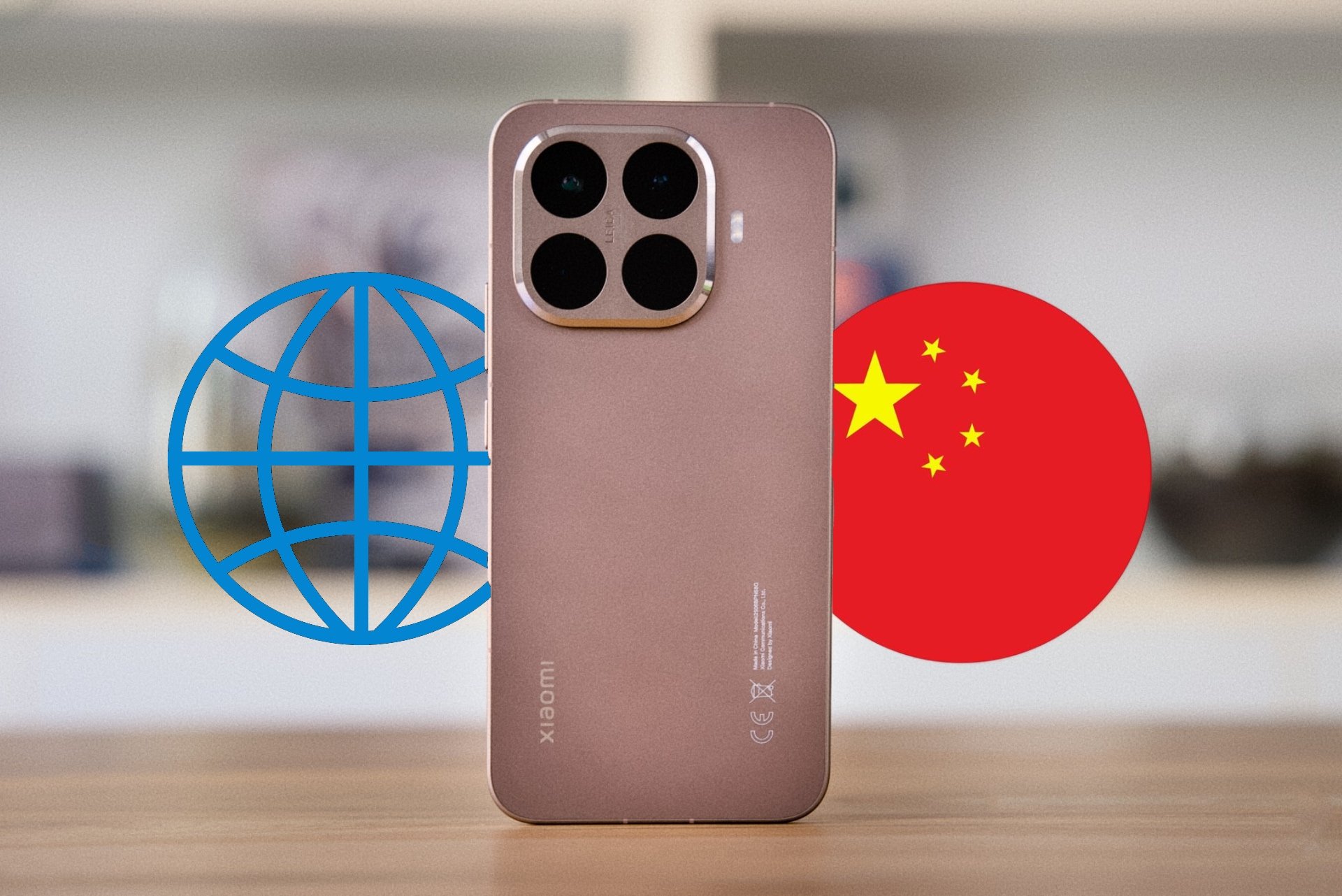Terushi Shimizu, President and CEO of Sony Semiconductor Solutions, assured that photos taken with smartphones they will be of the best quality than those that will be captured by SLR cameras in the coming years.
This statement was further supported by a series of slides shown during the presentation. In one of them, the company points to 2024 as the year in which they expect the aforementioned sorpasso produced. And besides, he puts both DSLRs and mirrorless cameras in the same bag, because the above slide uses the term “interchangeable lens cameras.”
Among the factors that Sony notes artificial intelligence acts as a determinant of this eventwhich are increasingly visible in the photographic world. All the phones that shine in photography actually owe a lot of their success to their respective artificial intelligence algorithms.
Sony, on the other hand, It also points to “quantum saturation” and ever larger sensors as one of the causes of the above event.. It must be emphasized that the company always refers to photographs and not to videos.
Such a change in dynamics should surprise no one. Compact cameras died at the hands of mobile phones many years ago. It was only a matter of time before the same thing happened to DSLRs and mirrorless cameras. Surprising, perhaps, is the specificity of Sony, indicating the specific year in which they expect sorpasso produced.

What advances are in store for mobile photography in the coming years, according to Sony?
Outside sorpassowhich is perhaps the most curious fact on the slide, the Japanese brand also mentions several achievements in his presentation which they estimate will arrive before 2030. For example:
- They expect high-end photosensors to grow significantly and even reach inch sizes. The claim is not at all unfounded, given that while there aren’t many, there are phones like the Xperia Pro-I that have a sensor this size.
- Super HDR mode combining processing multiframe with artificial intelligence.
- A zoom that combines stacked optics with artificial intelligence.
- 8K video recording added to AI-based processing (background blur, lighting, etc.).
Source: Hiper Textual














